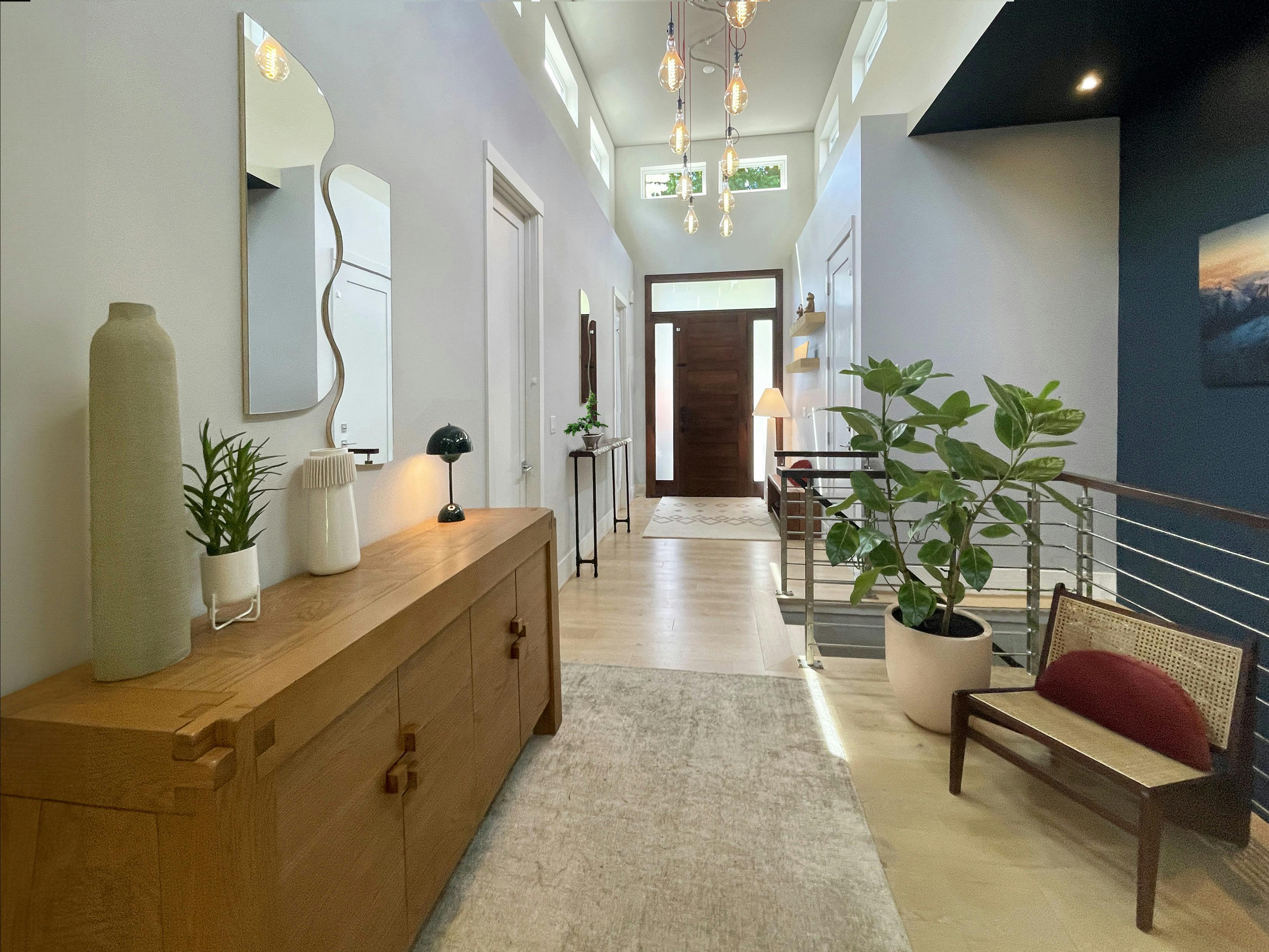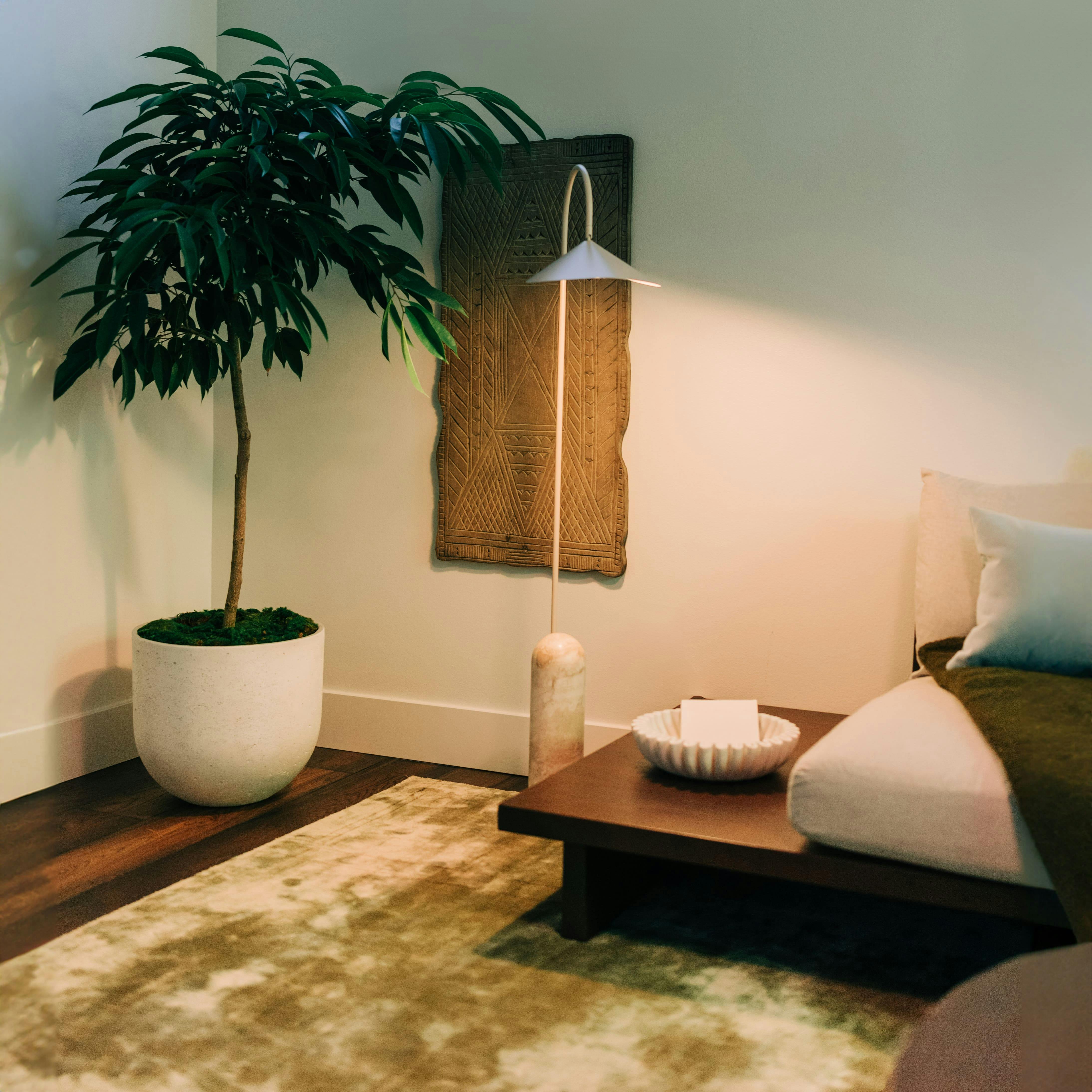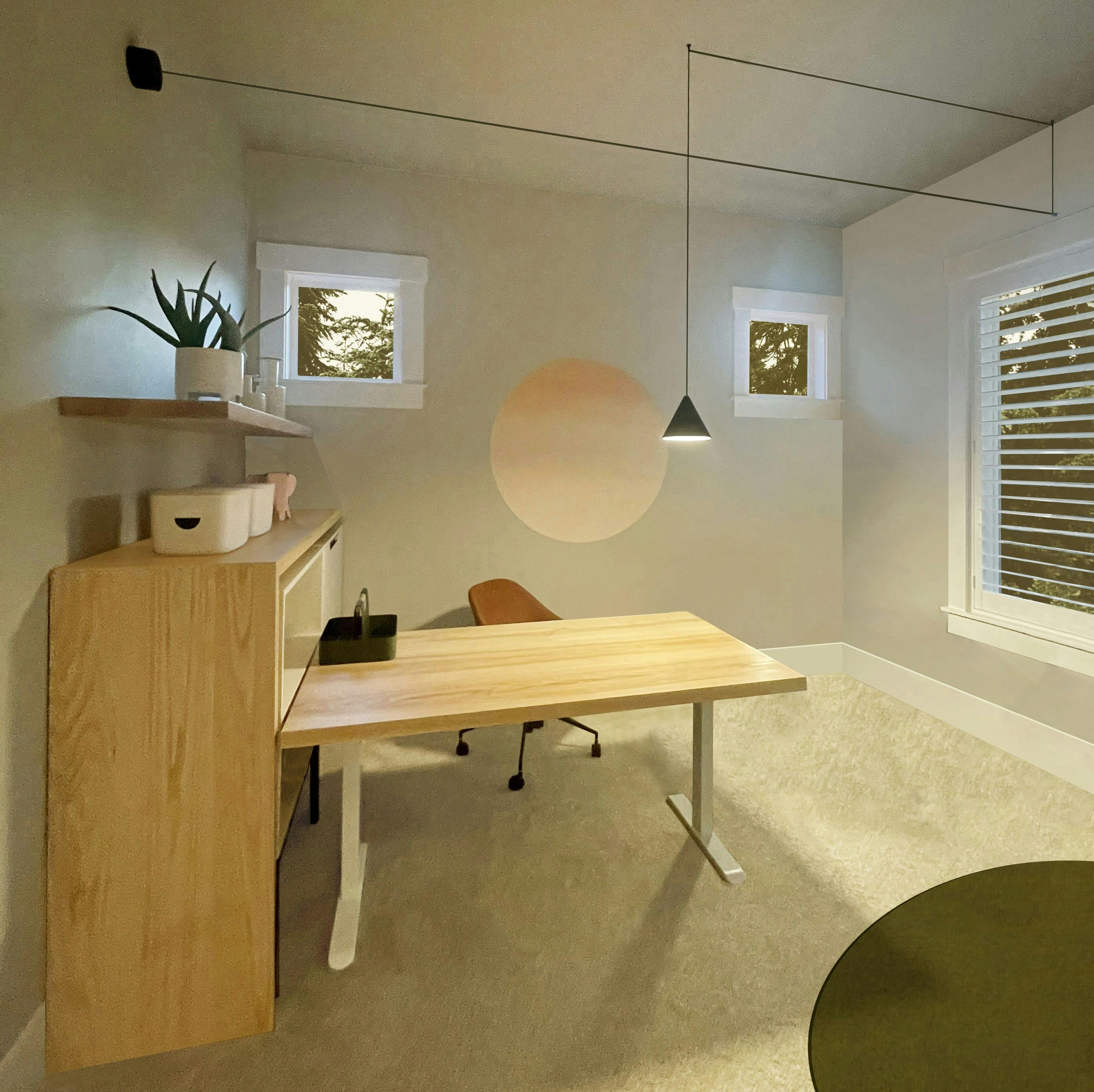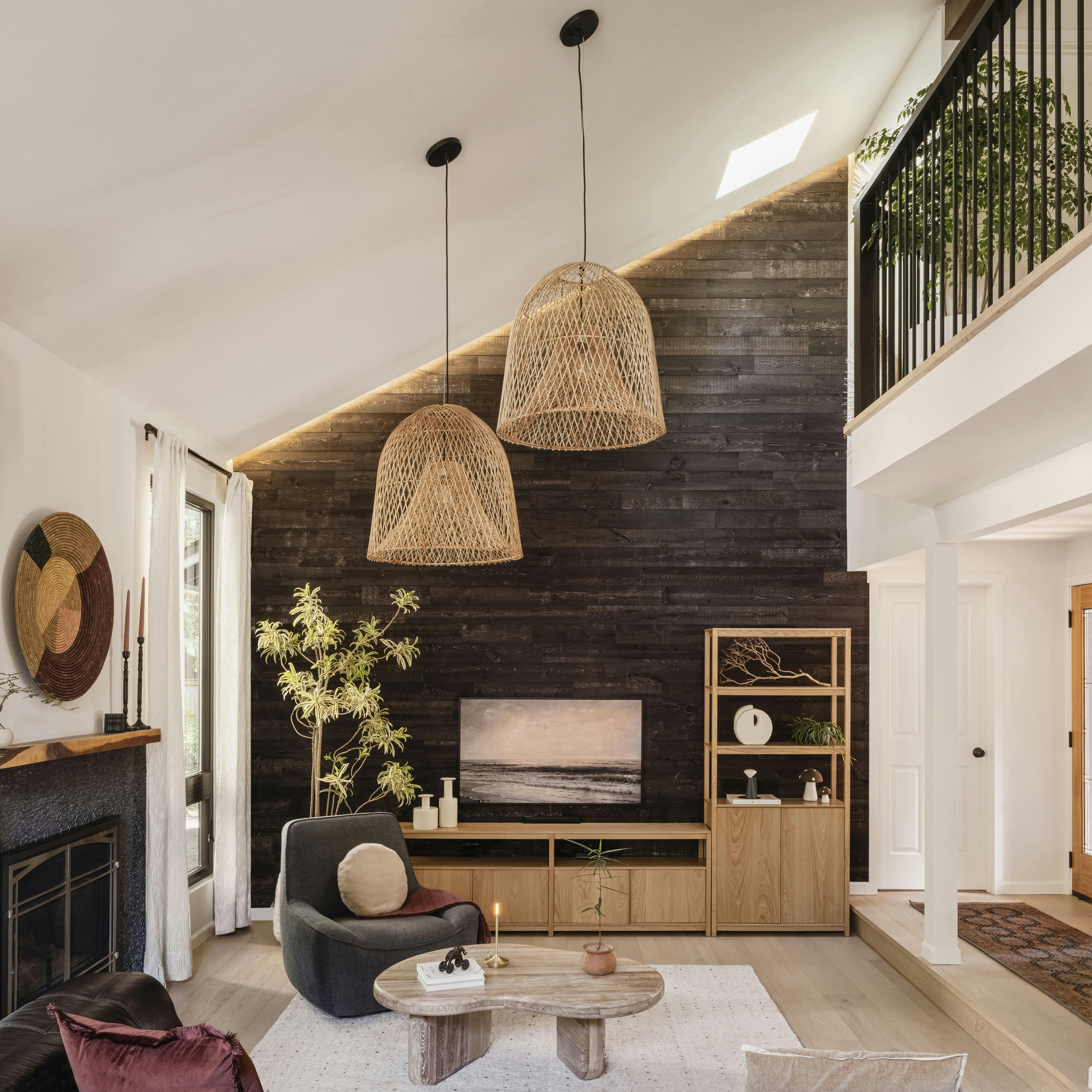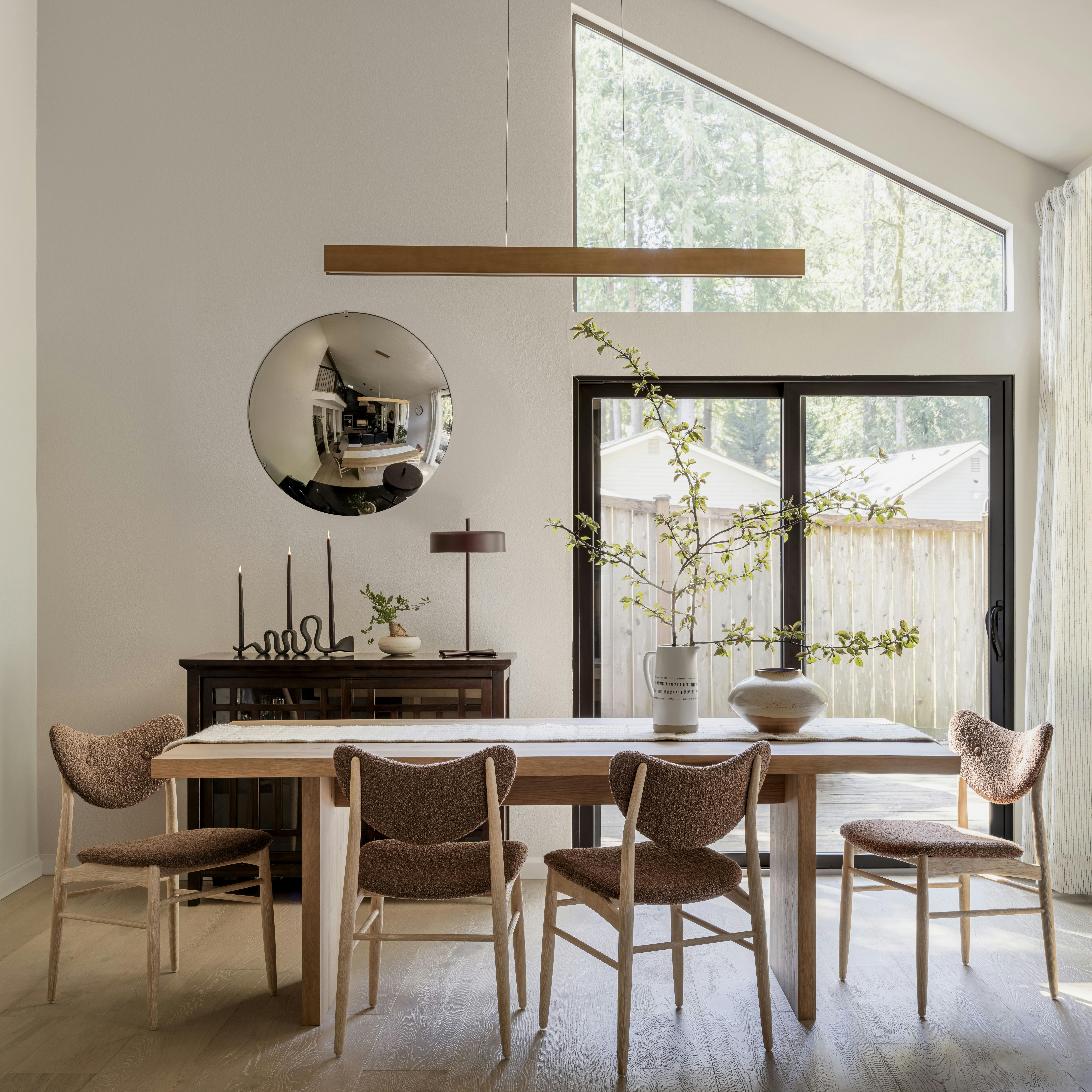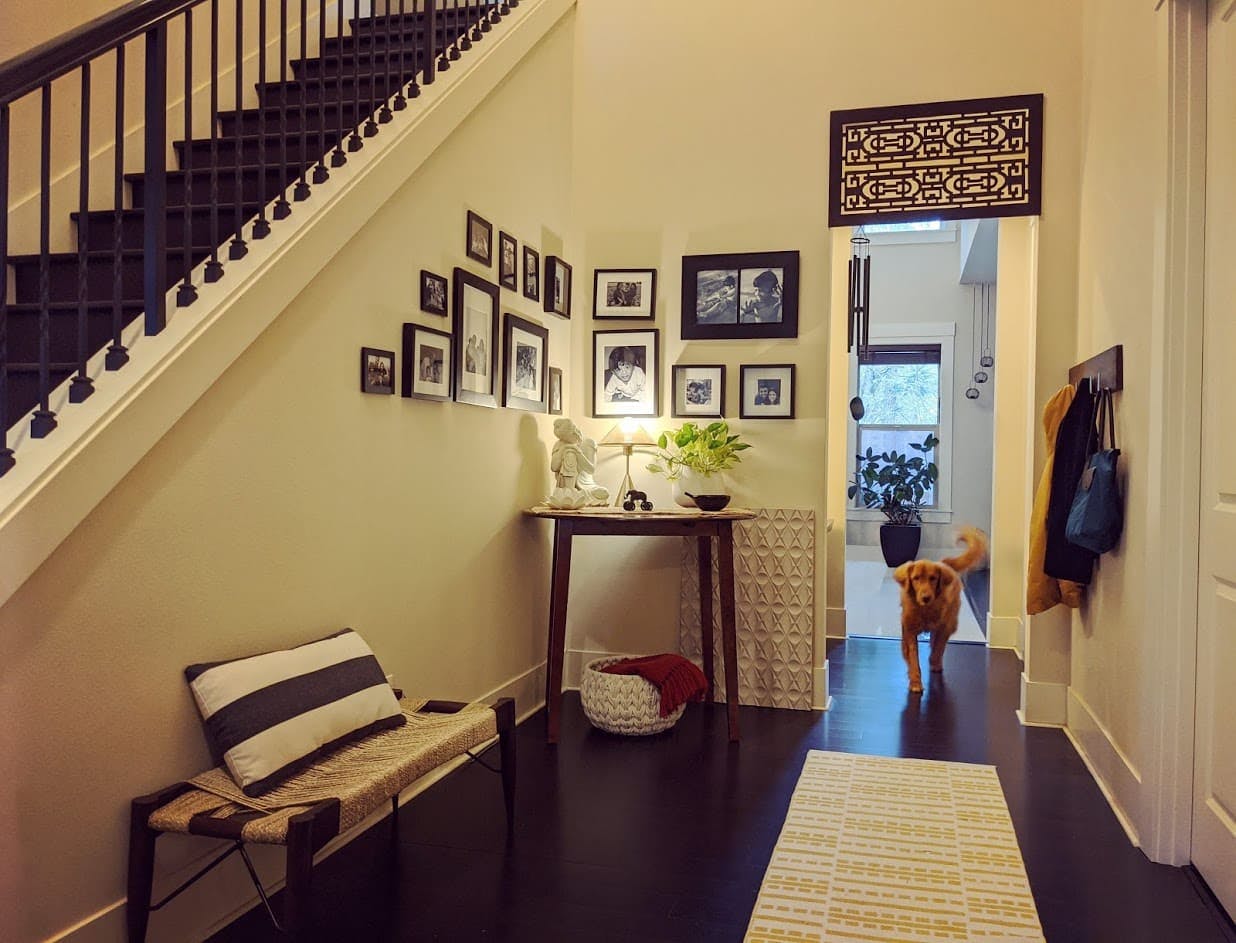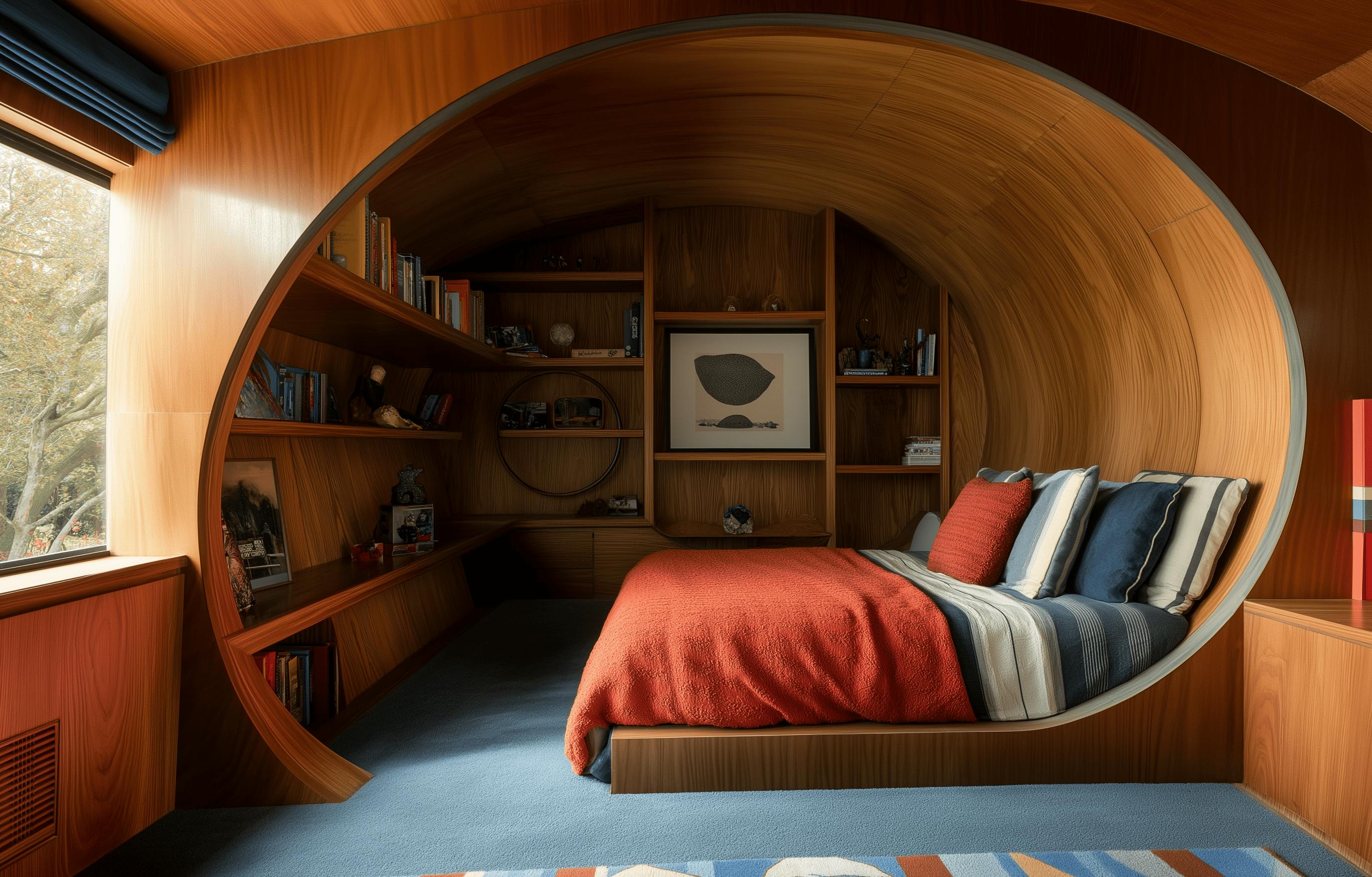A quiet revolution is unfolding in the way people in Kirkland and across the Pacific Northwest approach their homes. More than just showcases of style or havens of functionality, Kirkland interiors are being recast as spaces that respond to feelings, not trends.
Where once the living room was simply a space to sit, and the kitchen a space to cook, today’s interiors are more deliberately layered with emotion. They are spaces designed to hold and enhance the shifting emotional landscapes of daily life.
This approach, rooted in both intuition and the emotions of interior design, asks a fundamental question: how do you want to feel in this room? From that starting point, form and function follow in tandem, not in competition. The result is a home that feels synchronized with its inhabitants, subtly shaping mood, memory, and meaning.
Below, we explore five emotional states — and the spaces that can hold them — through a lens that balances quiet utility with intimate beauty.
